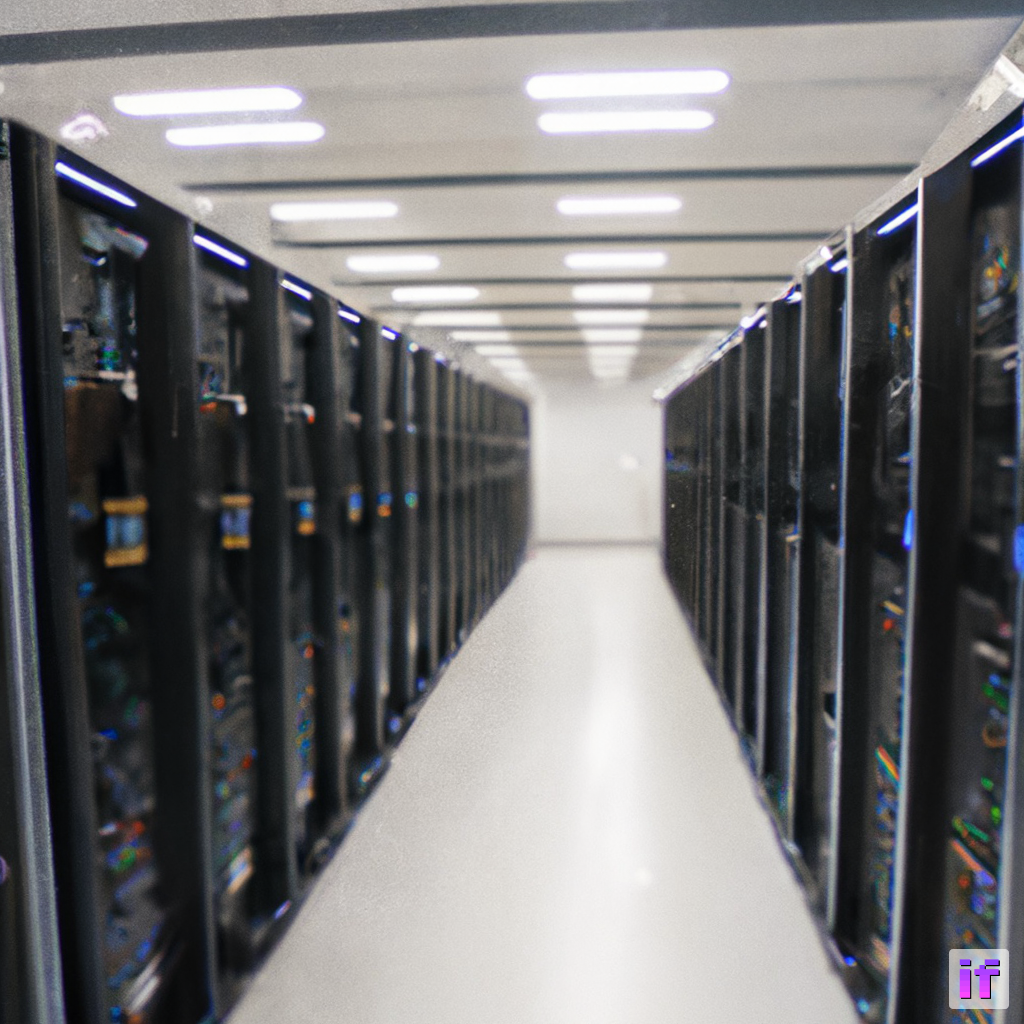Introduction:
Deploying an AI model in a production environment requires careful consideration of various factors, including technology stack selection, scalability, efficiency, and security. In this blog post, we will discuss the technologies we use, such as Python, Django, Django-RQ, Docker, and Redis, to deploy AI models effectively. We will explore the reasons behind each technology choice and how they contribute to a successful deployment process.
-
Python: The Foundation of AI Development Python is widely regarded as the go-to programming language for AI and machine learning applications. Its simplicity, vast collection of libraries (such as TensorFlow and PyTorch), and extensive community support make it an excellent choice for building AI models.
-
Django: Security and Ease of Development We utilize Django, a high-level Python web framework, to develop our AI deployment infrastructure. Django offers numerous benefits, including robust security features, scalability, and rapid development. Its adherence to the Model-View-Controller (MVC) architectural pattern allows us to build efficient and maintainable applications.
-
Django-RQ: Managing AI Operations AI operations often require considerable computational resources and time. Django-RQ (Redis Queue) comes in handy for managing these operations by enabling the creation of a task queue. By leveraging Redis, a powerful in-memory data structure store, Django-RQ helps us efficiently handle time-consuming AI tasks in the background. you can find repo Django-rq
-
Docker: Seamless Deployment and Scalability To ensure a smooth deployment process and effortless scalability, we rely on Docker. Docker allows us to encapsulate our application, along with its dependencies, into a lightweight container that can be easily deployed on any server. This containerization approach ensures consistent behavior across different environments, reducing potential deployment issues.
-
Redis: Efficient Data Management Redis, an open-source in-memory data structure store, plays a crucial role in our deployment process. We use Redis as a message broker for Django-RQ, allowing us to efficiently manage task queues and distribute AI operations across multiple workers. Its fast response times and ability to handle large volumes of data make Redis an ideal choice for real-time AI applications.
-
Shell Programming for AI Operations : To minimize the impact on the main application thread during AI operations, we employ shell programming. When an AI operation is initiated, a new thread is created, which runs independently and doesn't block the main thread. This approach ensures a smooth user experience while the AI model performs resource-intensive tasks in the background.
Conclusion:
Deploying an AI model in a production environment requires careful consideration of the technology stack. By leveraging Python, Django, Django-RQ, Docker, and Redis, we can achieve efficient, scalable, and secure deployments. Python's versatility, Django's security and ease of development, Docker's containerization, and Redis' efficient data management all contribute to a successful AI deployment. Additionally, using shell programming for AI operations helps maintain a responsive user interface. By understanding and utilizing these technologies, you can confidently deploy your AI models in production environments.
If you encounter any challenges or have questions regarding the deployment process, our team is here to assist you. Feel free to contact us at help@saifytech.com for any support or guidance you may need. We are dedicated to ensuring a smooth and successful deployment of your AI models.








Leave a Comment
No Comments Yet